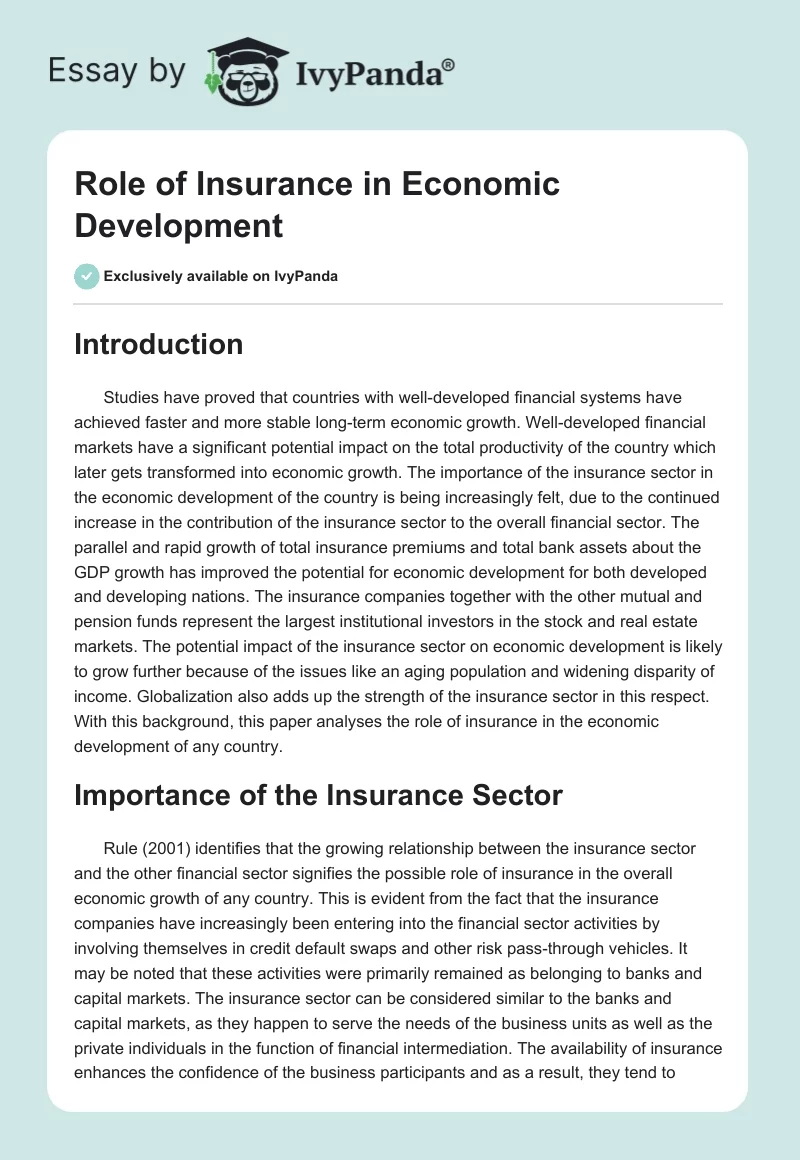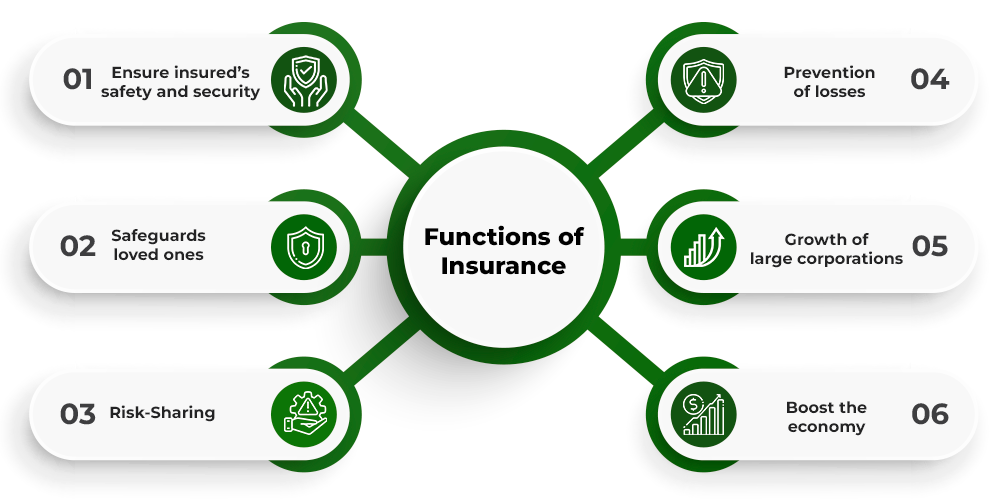All About Pacific Prime
All About Pacific Prime
Blog Article
What Does Pacific Prime Do?
Table of ContentsThe Facts About Pacific Prime RevealedPacific Prime Fundamentals ExplainedFacts About Pacific Prime UncoveredNot known Factual Statements About Pacific Prime The Of Pacific Prime

This is since the information were gathered for a duration of solid financial efficiency. Of the estimated 42 million individuals who were without insurance, just about regarding 420,000 (about 1 percent) were under 65 years of age, the age at which most Americans end up being qualified for Medicare; 32 million were grownups in between ages 18 and 65, around 19 percent of all grownups in this age; and 10 million were youngsters under 18 years of age, concerning 13.9 percent of all kids (Mills, 2000).
These quotes of the number of persons uninsured are created from the annual March Supplement to the Present Populace Study (CPS), performed by the Census Bureau. Unless otherwise kept in mind, national price quotes of people without medical insurance and proportions of the populace with different type of protection are based on the CPS, one of the most extensively used source of price quotes of insurance policy protection and uninsurance rates.
What Does Pacific Prime Mean?

Still, the CPS is particularly useful because it creates yearly quotes reasonably rapidly, reporting the previous year's insurance policy protection approximates each September, and because it is the basis for a constant set of quotes for greater than twenty years, permitting evaluation of patterns in protection gradually. For these factors, in addition to the considerable use of the CPS in other researches of insurance policy protection that exist in this report, we count on CPS estimates, with limitations noted.

The price quote of the number of uninsured individuals expands when a populace's insurance policy standing is tracked for a number of years. Over a three-year period starting early in 1993, 72 million people, 29 percent of the united state populace, lacked coverage for a minimum of one month. Within a solitary year (1994 ), 53 million people experienced at the very least a month without insurance coverage (Bennefield, 1998a)
6 out of every 10 uninsured grownups are themselves utilized. Functioning does boost the possibility that one and one's household members will certainly have insurance, it is not an assurance. Also participants of family members with two permanent breadwinner have nearly a one-in-ten opportunity of being without insurance (9.1 percent uninsured rate) (Hoffman and Pohl, 2000).
All about Pacific Prime
New immigrants account for a substantial proportion of individuals without health insurance policy. One analysis has attributed a significant portion of the recent development in the dimension of the united state without insurance population to immigrants that got here in the country in between 1994 and 1998 (Camarota and Edwards, 2000). Recent immigrants (those who pertained to the USA within the previous four years) do have a high rate of being uninsured (46 percent), however they and their kids account for simply 6 percent of those without insurance country wide (Holahan et al., 2001).
The relationship between medical insurance and accessibility to care is well established, as documented later on in this phase. Although the relationship in between health insurance policy and wellness end results is neither straight nor basic, an extensive medical and health and wellness solutions study literary works links medical insurance protection to enhanced accessibility to care, better quality, and enhanced personal and population health and wellness standing.
Levels of analysis for examining the effects of uninsurance. It concentrates especially on those without any type of health and wellness insurance for any type of length of time.
Get This Report about Pacific Prime
The problems encountered by the underinsured are in some aspects comparable to those encountered by the without insurance, although they are generally less serious. maternity insurance for expats. Uninsurance and underinsurance, nonetheless, entail distinctly various plan issues, and the approaches for resolving them may vary. Throughout this research and the 5 reports to comply with, the major focus gets on persons without any medical insurance and therefore no aid in paying for health and wellness treatment past what is readily available through charity and security internet institutions
Medical insurance is an effective aspect impacting receipt of treatment since both patients and medical professionals react to the out-of-pocket cost of solutions - https://www.blogtalkradio.com/pacificpr1me. Medical insurance, nevertheless, is neither necessary neither enough to acquire access to medical solutions. The independent and straight impact link of wellness insurance policy coverage on access to health and wellness solutions is well developed.
Others will get the health care they need even without health insurance coverage, by paying for it expense or seeking it from suppliers who provide treatment totally free or at highly subsidized prices. For still others, wellness insurance alone does not ensure invoice of care as a result of other nonfinancial barriers, such as a lack of health care suppliers in their community, limited access to transport, illiteracy, or linguistic and cultural differences.
The Main Principles Of Pacific Prime
Formal research about without insurance populations in the United States dates to the late 1920s and early 1930s when the Board on the Expense of Medical Treatment created a collection of records concerning funding physician office visits and hospital stays. This issue came to be significant as the varieties of clinically indigent climbed up during the Great Depression.
Report this page